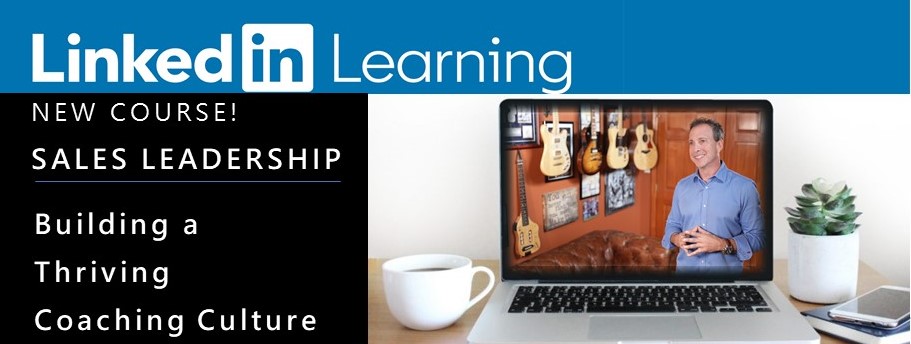
“Do we have to call it “coaching?” Once I hear those words uttered from a manager’s mouth, I know the sanctity of coaching and its impact has been tarnished and compromised. Sure, a bad coaching experience can certainly make someone leery of coaching. However, what if the manager is a great coach, but still experiences resistance from his team around coaching? It all comes down to the language of coaching, enrollment, and how you set positive intent. Here’s how to talk to your coachees about coaching to create immediate buy-in and a rewarding experience.
I was in Prague finishing up a leadership coaching course for a fortune 500 company. As we were debriefing around the room, one of the managers shared a prior coaching experience.
She said, “After finishing this course, I was thinking about my prior manager. She was a good manager and was always asking me good questions. However, she never enrolled me around coaching and why she always started every conversation with questions rather than telling me what to do.”
If only I knew what my manager was doing and why she was doing it, I would have been so much more receptive to her coaching which would have made it a much more valuable experience.”
To avoid this situation from happening to you, here’s a coaching talk track you can use for your one-on-one conversations to introduce coaching to each direct report and how it will be valuable for them. Notice how it honors the 5 steps of enrollment.
After setting your positive intention around the conversation you’re initiating, here’s what it would sound like when enrolling someone in coaching.
What I want for you is to experience the level of fulfillment and success that you want in your career.
Notice the first part of enrollment is taking a stand for what you want FOR the other person, which is their goals, motivations, and priorities, not what you want FROM them.
Now it’s time to let them know why you’re doing this or your intention and agenda is in this conversation. Analogies that people can relate to around coaching go a long way.
Think about sports. The coach is there to make sure the greatest athletes are always at the top of their game. I learned how I can be a better manager and coach for you so that I can support you in a way that would make you even more successful.
Keep in mind, this learning curve is something that we’re both going through together, so I may not get it perfect the first time. That’s why I’ll be looking for some feedback and coaching from you, as well in terms of what I can do to continually improve. What’s most important is that you understand my intentions.
Notice in the last comment, how the manager humanized themselves by letting the coachee know you’re also going through this learning journey. Finally, it’s time to align your agenda with their personal goals and priorities. That is, what’s the benefit for them?
That’s why I wanted to talk about your perception of coaching, and your experience being coached, if at all. Then, we can create alignment around what great coaching is, set some expectations around our coaching, and what I can do to ensure I’m coaching you in a way that helps you achieve your most important goals and makes this the most valuable experience for you.”
While most coaching conversations consist of open-ended questions, in order to confirm alignment and willingness to have the conversation, you need confirmation that they are open to moving ahead with the conversation, rather than forcing your agenda on them by simply asking:
How do you feel about discussing this?”
Once you’ve enrolled them, it’s time to coach them around being coached! Here are some examples of questions to use.
- How would you define coaching?
- Have you ever been coached before? What was your experience like?
- If you need to re-define the parameters and definition of coaching so that it’s a valuable experience for you, what would it be?
- As your coach, what are your expectations of me?
- What concerns, if any, do you have about our coaching and what we discuss?
- How are you feeling at this point about our conversation and what we’ve discussed so far?
- Let’s go ahead and schedule our first coaching session.
Now that you have this enrollment model, it’s time to start scheduling this conversation with each of your employees. If you’d like to do a quick team enrollment letting them know about the positive changes that are coming, you can do a brief enrollment during your next team meeting.
We discussed the A.B.C.’s of Leadership, Always Be Coaching Now, remember the A.B.E.’s of coaching. That is, Always Be Enrolling.



